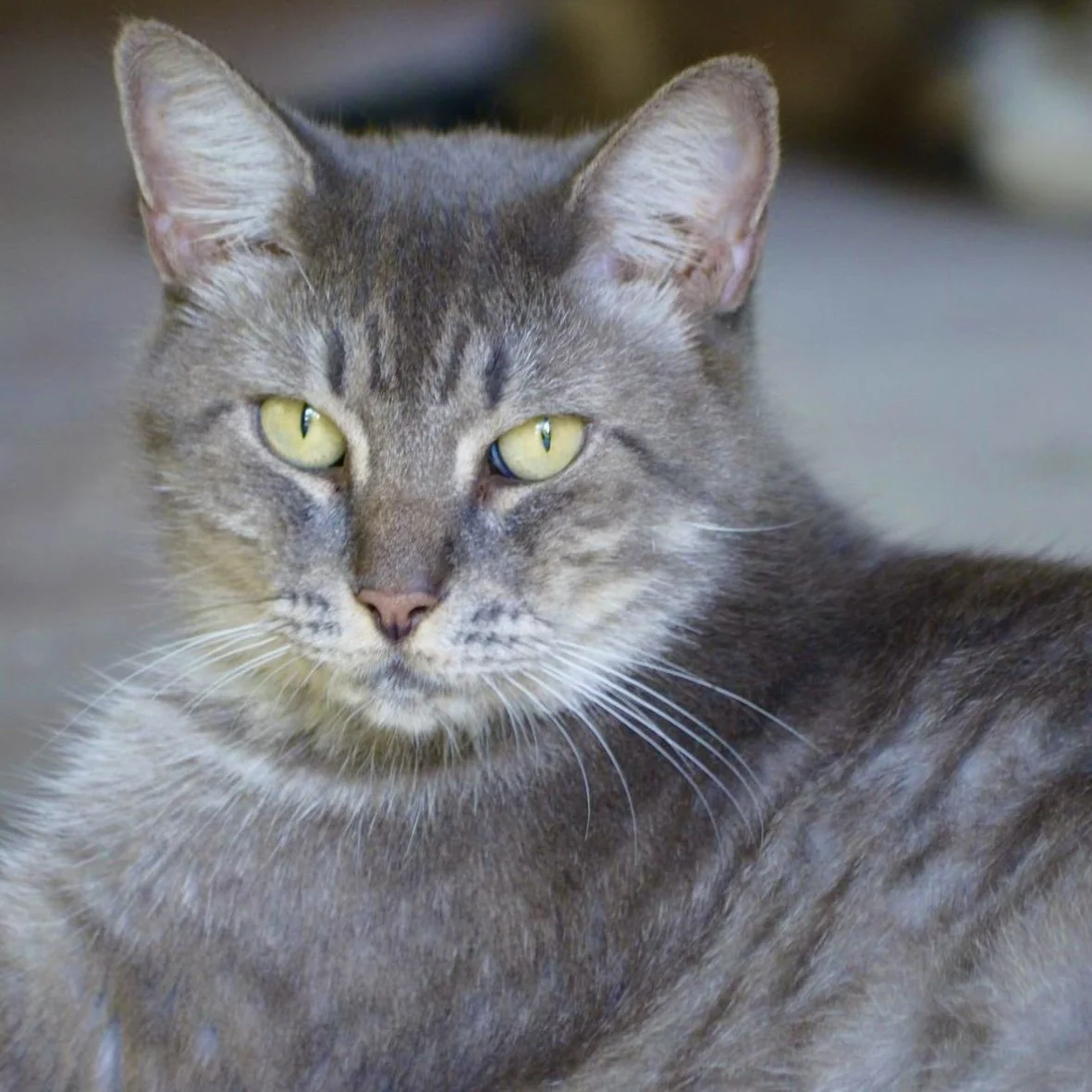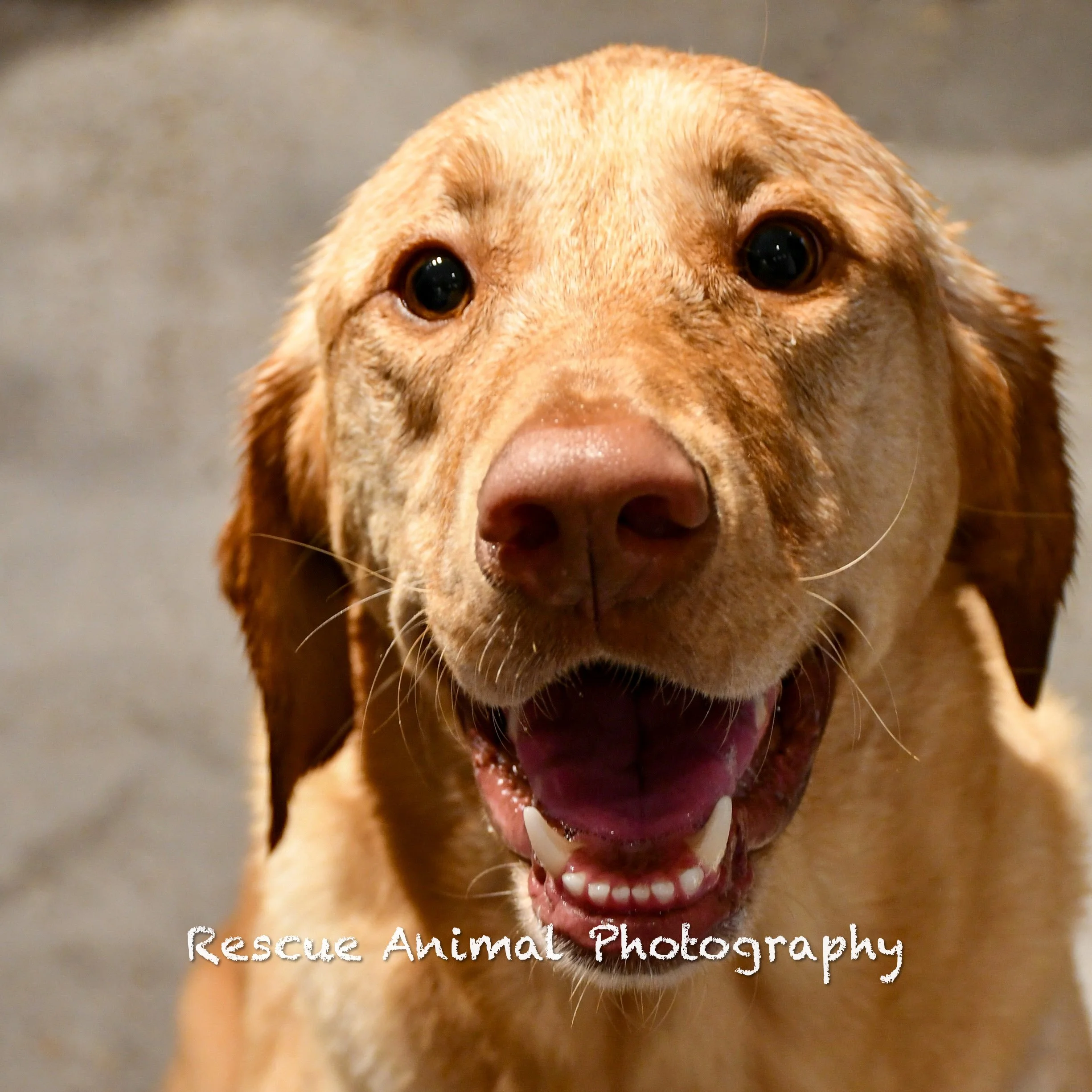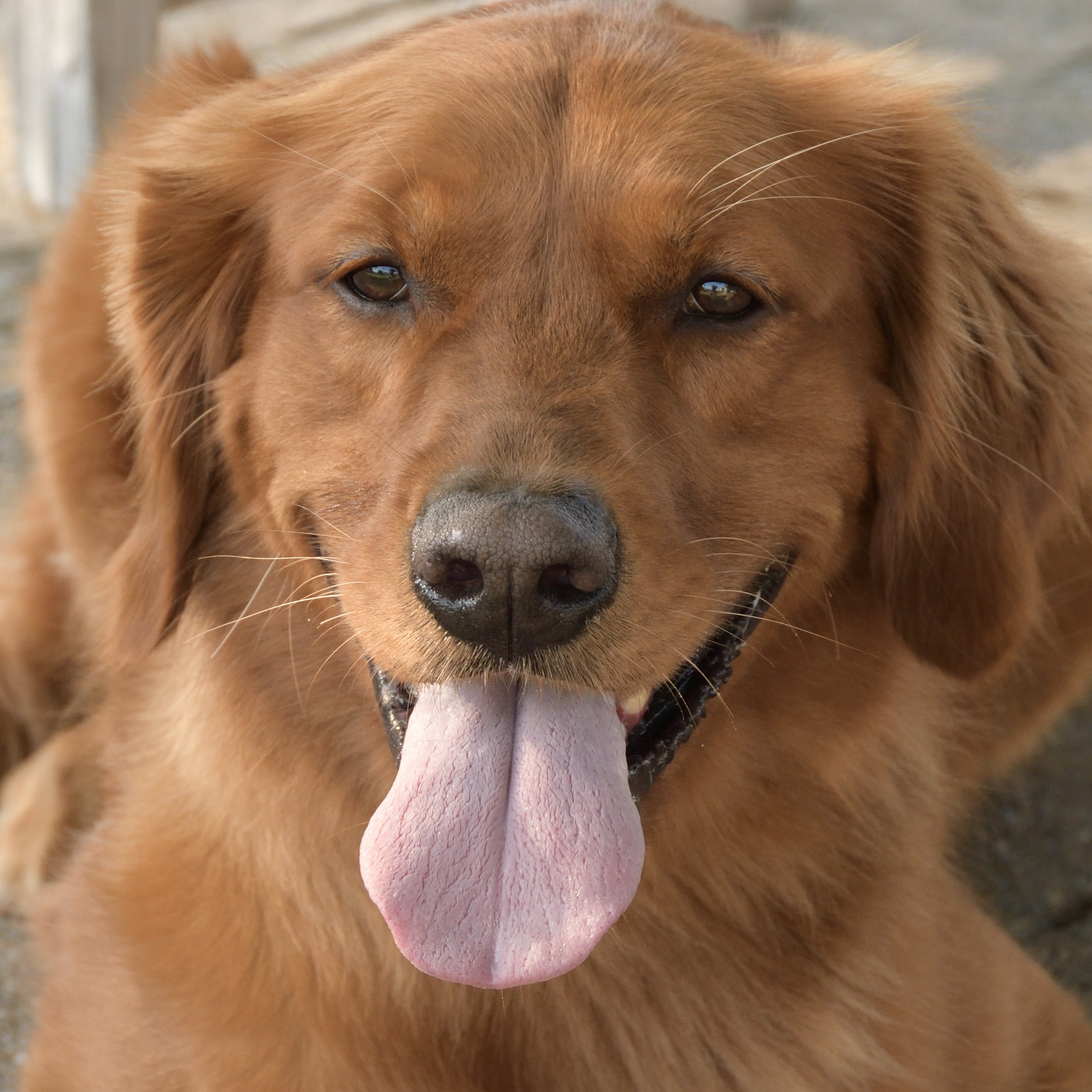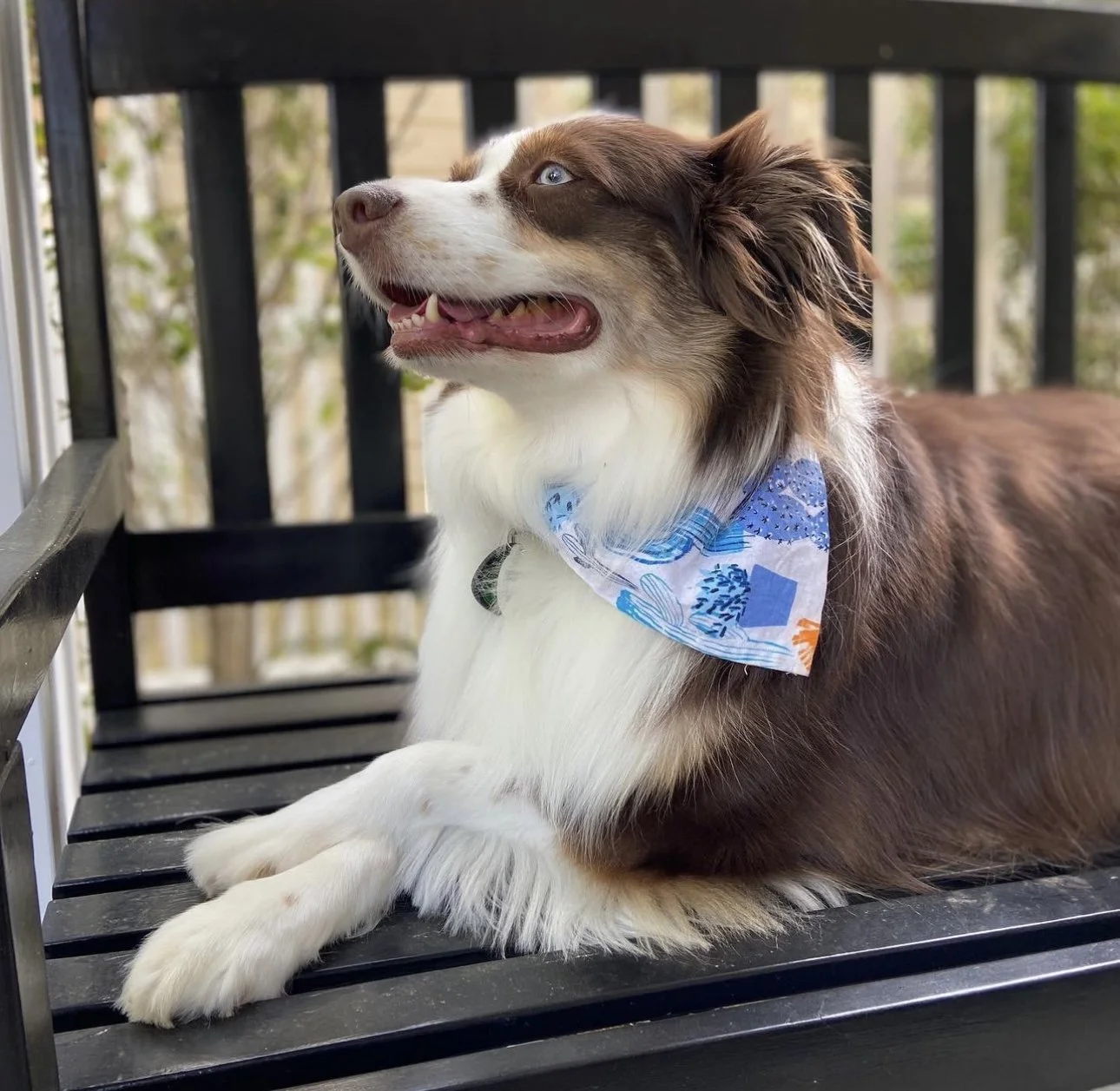Blog
Join Cynthia Cantwell, a professional pet photographer in Freeport, Florida, as she celebrates the resilience and beauty of rescue animals. Her blog features inspiring photos, behind-the-scenes stories, and tips for photographing and caring for pets in Northwest Florida.

Feral Cats: The Street Smart Survivors
Feral cats are fierce, independent, and endlessly resourceful—true survivors of the streets. Learn more about their fascinating lives, the challenges they face, and how simple acts like supporting TNR programs or providing food and water can make a lasting difference for these resilient felines.

Pet CPR: Did You Know?
Would you know what to do if your pet stopped breathing? Learning CPR and basic first aid for cats and dogs can help you save a life when every second counts. This post covers essential steps for performing pet CPR—and shares how to take the American Red Cross Cat and Dog First Aid online course to be prepared for emergencies.

Hurricane Preparedness for Pets
Hurricanes can strike with little warning—are you and your pets ready? Learn how to create a pet emergency kit, find pet-friendly shelters, and keep your furry family members calm and safe before, during, and after the storm. Preparation today can make all the difference when disaster hits.

Tips for Keeping Dogs Safe in the Heat
Summer heat can be dangerous for dogs, but a few simple precautions can make all the difference. Learn how to keep your pup cool and comfortable with practical tips on hydration, shade, safe walking times, and recognizing signs of heat stress. Because a happy dog is a healthy dog—even on the hottest days.

Keeping Your Pets Healthy & Safe This Summer
Summer fun comes with extra care for your furry friends! From hydration and grooming to protecting paws and preventing sunburn, these simple tips will help keep your pets cool, comfortable, and safe all season long. Learn how to enjoy outdoor adventures while protecting your pets from heat, pests, and other summer hazards.

How to Properly Fit Your Dog’s Collar
A well-fitted collar keeps your dog safe, comfortable, and stylish. Learn how to measure your pet’s neck correctly, choose the right collar width, and adjust it for a perfect fit. Plus, get simple tips for checking comfort and preventing irritation—because your dog deserves both fashion and function in every walk and photo.

Prepping Your Pet for the Camera
Get your furry friend ready for their close-up! From grooming tips and favorite treats to basic commands and must-pack essentials, this guide walks you through everything you need to know to help your pet shine in front of the camera. Whether your pup is a pro poser or a playful goofball, a little prep goes a long way toward capturing those picture-perfect moments.
